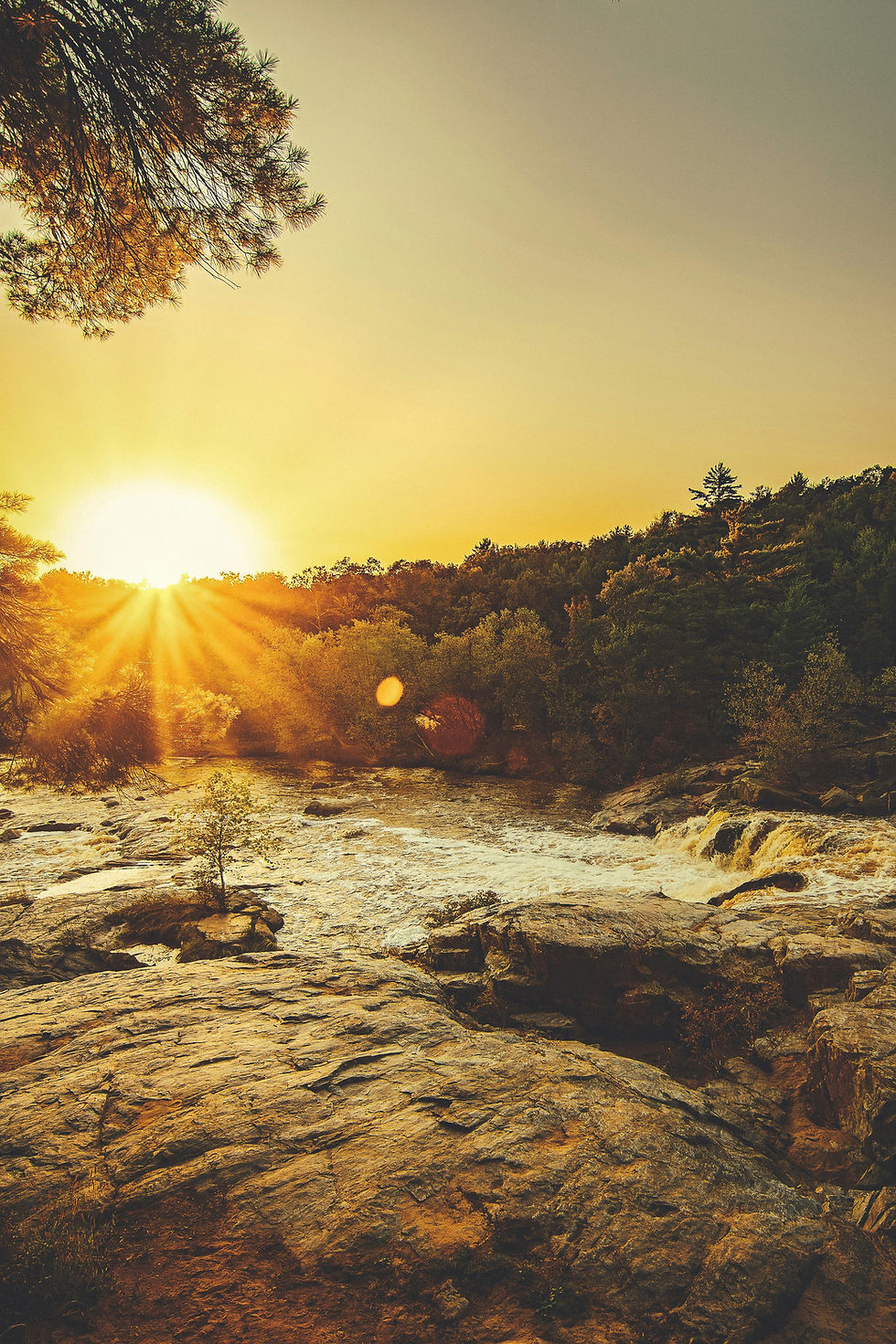3 Types of Forest Distinctions Based on Latitude
- Joanna Arai

- Feb 14, 2021
- 3 min read
Forest communities can be grouped based on their geographic location, precisely latitude. There are three main types - tropical, temperate, and boreal. Let’s have a closer look at each of them.
This is exactly what I imagined I would be writing about when I’ve set to work on an article about the types of forests in the world (yes, there was supposed to be just one and it ended up being three!). If you’ve been following the series, you know how of a rabbit hole it turned out to be. I made a major personal discovery - there is way more to defining forests than just based on latitude (to find out how I arrived at this realization, click here).
So here we are! Tropical, temperate, and boreal - these are the forest types we will explore. Let’s dive in!
Tropical
As the name suggests, these forests can be found in the tropical areas near the equator. They’re characterized by abundant rainfall, high temperatures, and dense plant cover. There are several types of tropical forests.
rainforest (warm and wet, home to an estimated 50% of the world’s plant and animal species)
montane (cloud forests, cool and moist, can be found in the mountains)
dry (found further from the equator)
mangroves


Temperate
These make approximately 25% of all forests in the world. They’re located between the tropical and boreal forests, on both sides of the equator, and experience all four seasons (winters with below-freezing temperatures).
This group is further categorized into four subgroups, mainly based on the types of trees that dominate in the area:
deciduous (mainly oaks, beeches, chestnuts, birches, elms, maples, lindens, etc. characterized by loss of leaves in autumn - and yes, those beautiful colors!)
coniferous (mostly evergreen, cone-bearing trees, such as firs, spruces, pines, etc.)
broadleaf and mixed
rainforest (coniferous and broadleaf characterized by the moistest conditions of all temperate forests)


Boreal
The type is also referred to as taiga (from the Russian language) or in North America as snow forests. They make approximately 30% of all forested areas in the world and can be found in the highest latitude. Because of that, they are subject to long winters. Exact conditions differ based on a specific location, but overall boreal forests are characterized by
very short growing season
months-long snow cover
freezing temperatures lasting from 6 to 8 months
a rather low tree species diversity
dominated by evergreen spruce, fir, pine, and larch


My experience
The temperate forest is the only kind I have ever seen and that was in only two countries, Poland, where I come from, and Japan, where I currently live... How different they are! Interestingly some forests in Japan I’ve been to are very quiet, compared to how forests in Poland are - with the only exception of summer cicadas, which do not exist in Poland (maybe that could be another dive in a potential rabbit hole?!) On the brighter side of things, I’ve never seen a tick in Japan, whereas in Poland they’re a huge problem for those of us who enjoy walks, sports, or mushroom picking.
Step into the world of forests with us
I’ve learned a lot from writing this article, and I hope you had a similar experience reading it.
This planet is a world of wonders. We strive to celebrate that as we’ve set up on this journey with weMORI. Join us on this exciting adventure!
PHOTO SOURCES



Comments